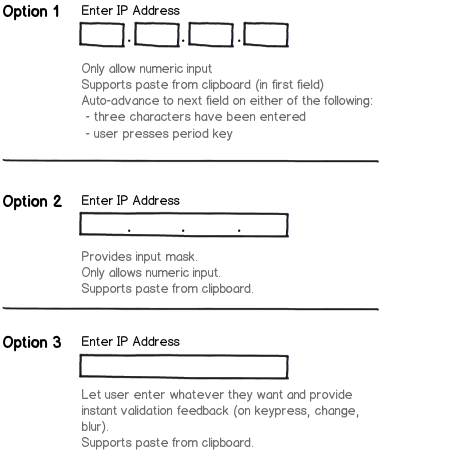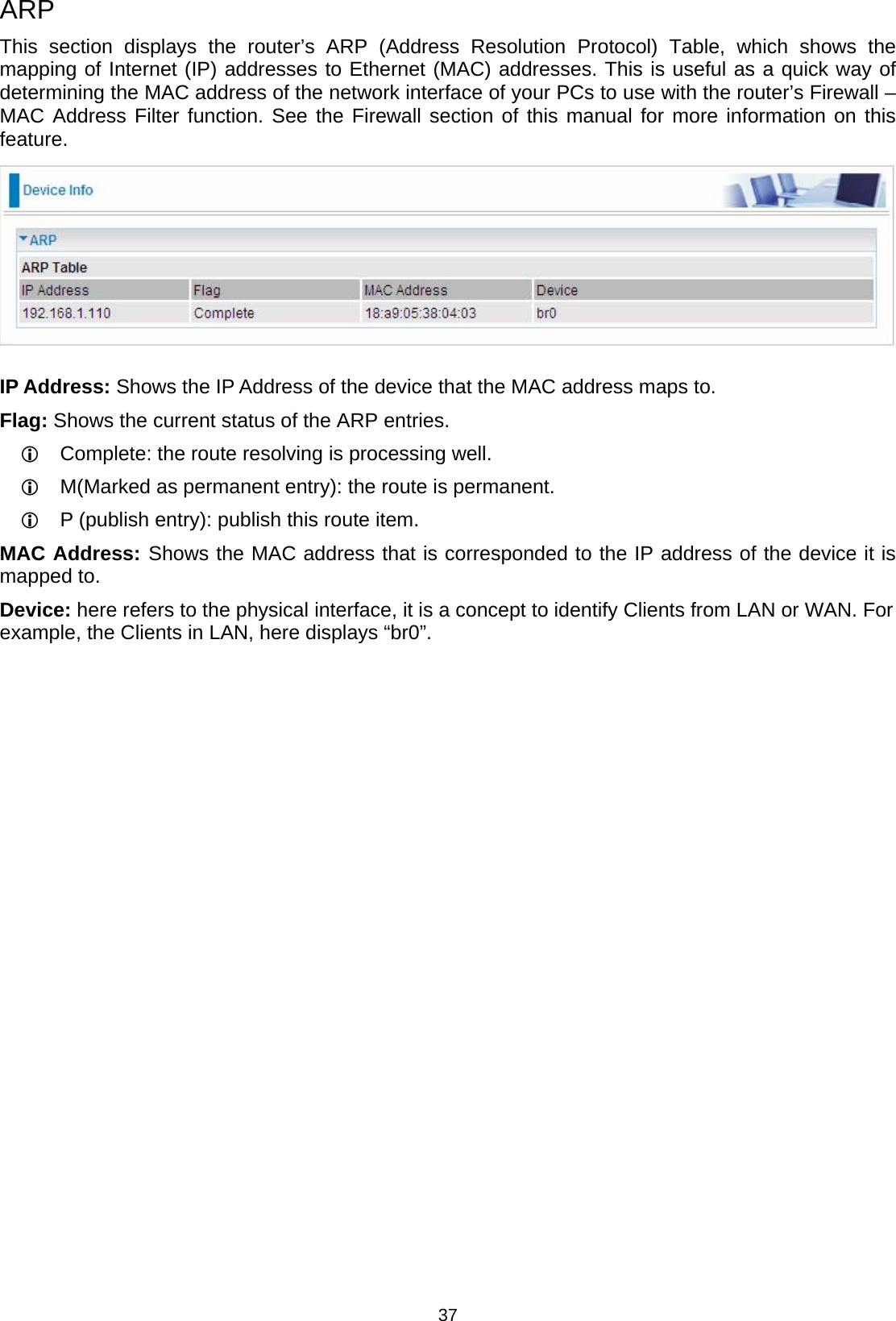- Clear Manual Ip Address Entries From A Mac Os
- Clear Manual Ip Address Entries From A Mac File
- Clear Manual Ip Address Entries From A Macbook Air
- Clear Manual Ip Address Entries From A Macbook Pro

I recently used ifconfig en1 1.2.3.4 to set the IP address of a network interface (specifically, the wireless card) on a Mac How can I remove/unset it? Using the graphical network configuration tool doesn't seem to change (or even be aware of) this address - when I use it to manually set an address, a second address is added to the device. Select Configuration Security Basic MAC ACL. The basic MAC Authentication screen displays. In the Selected Wireless Clients list, select the check boxes that correspond to the MAC addresses that you want to remove. Click the Delete button. Click the Apply button.
Matt Cone March 15, 2013 TutorialsMacNetwork
When your Mac is connected to a private network in a home or office, it’s probably assigned what’s known as a dynamic IP address. (To check, see How to Find Your Mac’s IP Address.) That’s not a problem for the majority of users - most people don’t care whether their IP addresses changes or not. But dynamic IP addresses won’t work for certain tasks like port forwarding, dynamic DNS, or client-to-client file sharing on the local network. For those unique situations and others, only a static IP address will work.

By setting a static IP address in OS X, you’ll create a permanent, private IP address for your Mac that won’t change from one day to the next. Other devices connected to the local network will be able to access your Mac, and if you set up port forwarding, certain services running on your Mac will be accessible to the outside world.
Here’s how to set a static IP address in OS X:
If you own a MacBook, you may want to create a new network location. This will allow you to use the static IP address for certain networks and not others. See How to Configure Network Locations in OS X for instructions.
From the Apple menu, select System Preferences.
Select Network. The window shown below appears.
From the sidebar, select an active network interface. In this example, I’m connected to a wireless network, so I’ll select Wi-Fi.
Make a note of the current IP address assigned to your Mac. You’ll need to select a new IP address from within the private IP address range listed. More on that in a minute.
Click Advanced.
Select TCP/IP. The window shown below appears.
From the Configure IPv4 menu, select Manually.
Enter a static IP address in the IPv4 Address field. What number should you enter? One method is to take your current IP address and change the last part of the number. In this example, my current dynamically-assigned IP address was
10.0.1.8, so I picked10.0.1.129. I could have picked any address between10.0.1.0and10.0.1.255, as long as the address was not already assigned to another device.Click OK.
Click Apply.
Congratulations! You have successfully set a static IP address for your Mac. Now the other devices on the private network can access your Mac by using the static IP address you assigned it. Just remember to switch network locations if you start using a different network - others may not take kindly to you using a static IP address on their network.
Clear Manual Ip Address Entries From A Mac Os
Related Articles
Subscribe to our email newsletter
Sign up and get Macinstruct's tutorials delivered to your inbox. No spam, promise!
It's rare to change proxy settings for a small or home network. Proxies tend to be something used in school or business networks, and when there are servers that secure or that cache network traffic for the organization.
Clear Manual Ip Address Entries From A Mac File
While they do have IP addresses, network proxies aren't particularly related to IP addressing itself. They're an intermediate hop and effectively a special-purpose IP router that's intentionally placed into the network path to the intended destination for your network connections of the particular protocol(s) involved.

On more recent releases than your 10.5.8, managing the proxies for the various protocols is a set of checkboxes, and unchecking those will clear all proxies. Uncheck all of those, unless you're on a network that requires proxies.

Clear Manual Ip Address Entries From A Macbook Air
As for your question, please post a link to the proxy settings article you were reading, and please indicate what attributes of your network that you are resetting that 'works on and off'. If you've tweaked various settings, you'll have to find and untweak those settings, or (less desirably) delete the whole interface and re-add it.
Clear Manual Ip Address Entries From A Macbook Pro
Oct 5, 2013 7:37 AM
